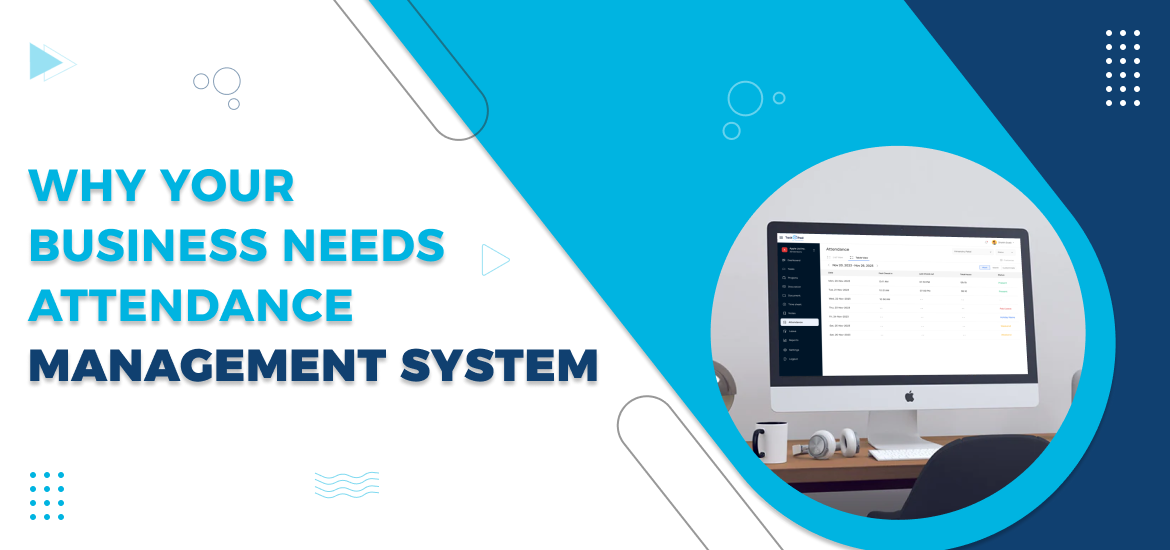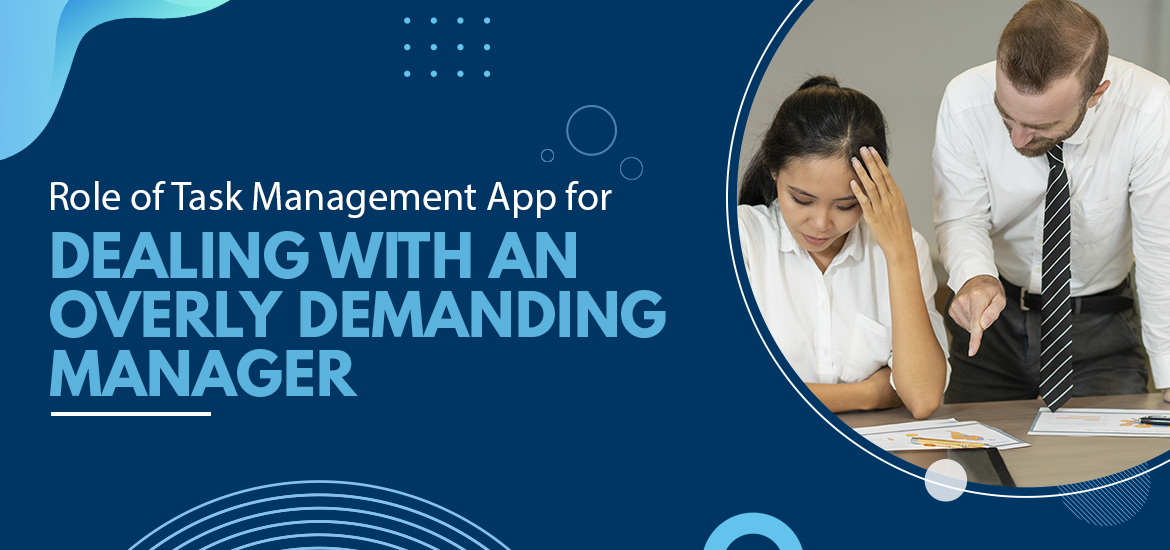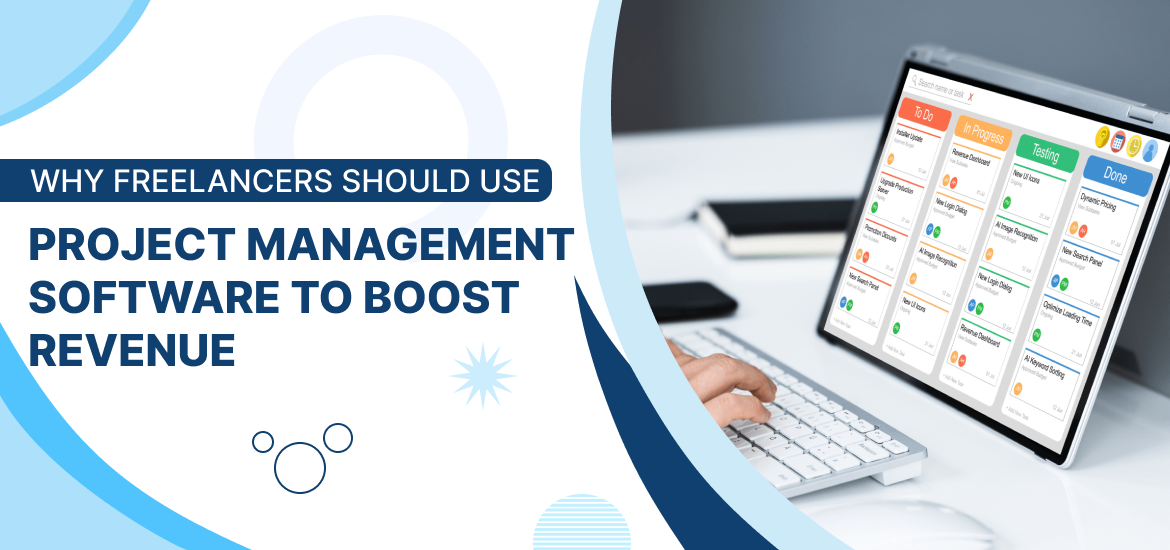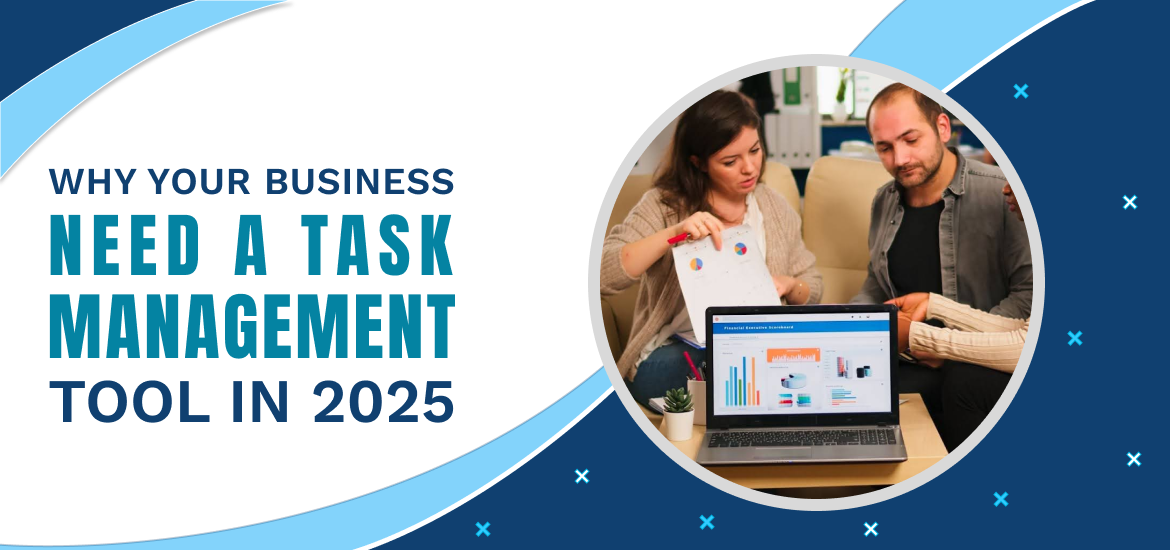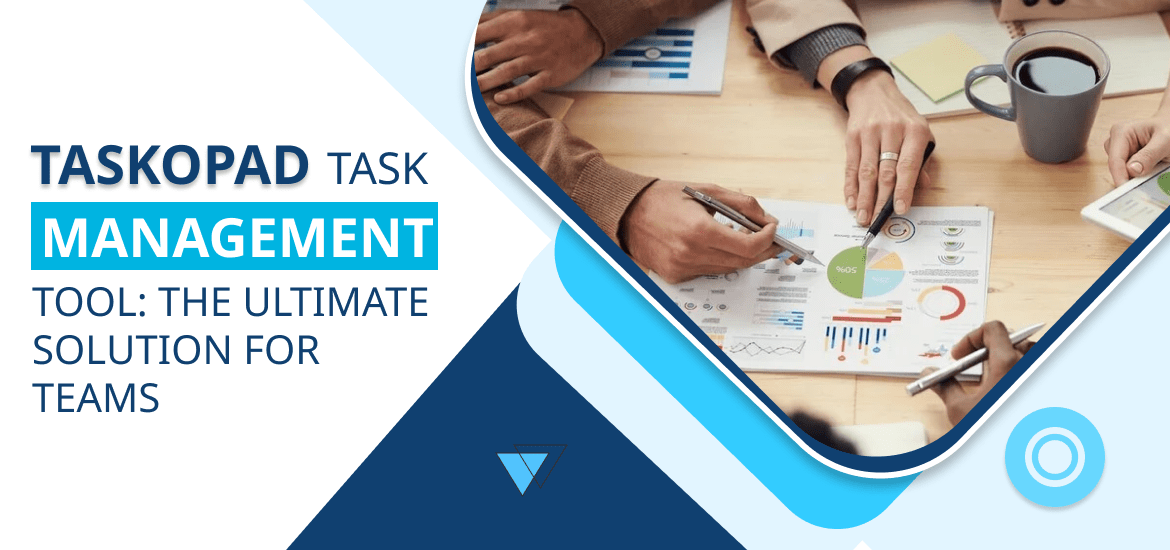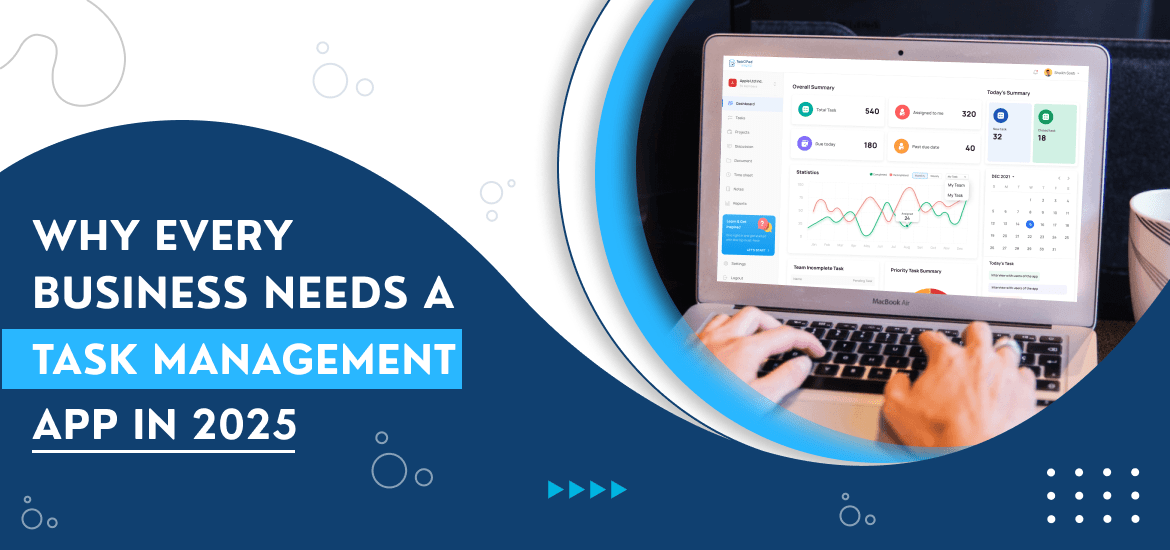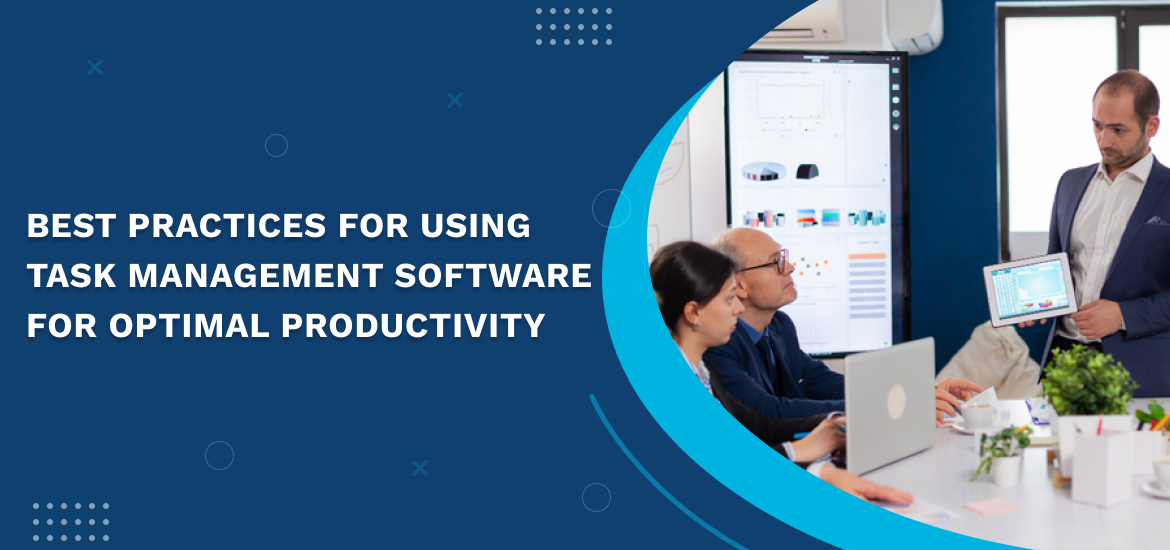
Task Management Software
10 Best Practices for Using Task Management Software for Optimal Productivity
Apr 25th, 2025
Achieving higher productivity is what businesses look for in any Task Management Software. These powerful digital tools promise a more organized workflow, clearer priorities, and better collaboration. However, simply installing the project management software isn’t a magic bullet. To truly transform your efficiency and consistently hit your goals, you need to go beyond the basic features and adopt smart strategies, and a thoughtful approach.
Here in this blog post, we’re discussing the best practices that will turn your task management software into your ultimate productivity partner.
Best Tips For Using Task Management Software Productively
As stated, just setting up a task management software within your business process is not going to solve your every problem automatically. You need to adhere to these best practices for using task management software for optimal productivity.
1. Know your whys, whats, and hows
The market is flooded with task management tools, each with different strengths. Before committing, assess your individual or team’s specific requirements. These requirements should make you clear about why you’re doing these tasks, what all you need to do, and how you need to proceed! This includes various factors like the complexity of your projects, the need for collaboration features, reporting capabilities, integrations with other tools you use, and your budget.
These factors even help you finalise the task management software. A personal to-do list app differs greatly from a robust project management platform. Based on the requirement you can select a tool that aligns with your workflow and goals, which is the foundational step to optimal productivity.
2. Centralize all your tasks
It is common for businesses in the initial days to have scattered to-do lists across emails, sticky notes, spreadsheets, and various apps. If this practice goes along with the team expansion, things start to become messy. To avoid that, consolidate all your tasks, whether personal or work-related, into your chosen task management software. This provides a single source of truth, reducing the chances of forgetting tasks and offering a comprehensive overview of your workload. Centralization minimizes context switching and keeps your focus sharp.
3. Break down large tasks into smaller, actionable steps
It is common human nature to feel stressed and overwhelmed when they face complex and large tasks. It is advised to deconstruct these into smaller, more manageable subtasks within the software. Same work, divided into smaller and actionable tasks will make them feel easy and enjoyable. Breaking down the large tasks into smaller tasks makes the work less daunting, provides a clearer path forward, and allows for easier tracking of progress. Completing smaller steps also provides a sense of accomplishment, maintaining motivation.
4. Prioritize Your Tasks Effectively
Not all tasks are created equal. Utilize prioritization features within your software to identify and focus on high-impact and urgent items. Methods like the Eisenhower Matrix (Urgent/Important) or ABCDE (ranking by importance) can be applied digitally. Clearly labeling priorities ensures that your most critical work receives the attention it needs, preventing last-minute rushes and missed deadlines.
Also Read – How To Prioritize Tasks In Just 4 Steps?
5. Assign due dates and set reminders
Every task should ideally have a due date, even if it’s a self-imposed one. Assigning deadlines creates accountability and helps you manage your time effectively. Leverage the reminder features of your software to get timely notifications, ensuring you stay on track and don’t miss important milestones.
6. Utilize tags, labels, and categories for organization
As your task list grows, effective organization becomes crucial. Use tags, labels, or categories to group similar tasks, projects, or areas of responsibility. This allows you to quickly filter and find tasks, provides clarity on different work streams, and helps in analyzing how your time is spent across various categories.
7. Foster collaboration and communication
For large teams, task management software is a powerful collaboration tool. Assign tasks to specific team members, leave comments for clarification or updates, attach relevant files, and use built-in communication features. This transparency ensures everyone is on the same page, reduces communication bottlenecks, and promotes shared responsibility. Focus on feedback on tasks, and collaborate collectively to achieve larger goals.
8. Regularly review and update your tasks
Your task list is a dynamic entity. Make it a habit to regularly review and update the status of your tasks. Mark completed tasks, adjust due dates if necessary, and add new tasks as they arise. A clean and current task list provides an accurate reflection of your workload and helps you make informed decisions about what to work on next.
9. Track your progress and analyze performance
Many task management tools offer features to track the progress of individual tasks and projects. Utilize these to monitor your (and your team’s) performance. Analyzing completion rates, time spent on tasks, and potential bottlenecks can provide valuable insights into your productivity habits and areas for improvement.
10. Integrate with other productivity tools
Maximize the efficiency of your task management software by integrating it with other tools you use daily, such as calendars, email clients, cloud storage services, or communication platforms. Seamless integration reduces the need to switch between applications, streamlining your workflow and saving valuable time. If your project management tool supports integration with WhatsApp, you should integrate it to receive real-time notifications directly on your WhatsApp. This helps you stay connected with the real time updates.
Also Read – How WhatsApp Based Task Management System Boosts Team Productivity
Achieve Optimal Productivity With TaskOPad
When used correctly, task management software is a powerful ally, reducing stress, improving collaboration, and freeing up mental space for strategic work. Finding the workflow and tool that best suits you is key to unlocking optimal productivity. To create a system that propels you towards your goals with efficiency and clarity, consider TaskOPad. Its robust features are built to support everything from personal tasks to complex team projects, simplifying organization, tracking, and completion. Book your free demo to experience its capabilities firsthand from our experts.
Search by posts
Search by posts
Recent posts
4-25-2025
Task Management Software
10 Best Practices for Using Task Management Software for Optimal Productivity
4-24-2025
Attendance Management Software
Why Your Business Needs Attendance Management System – 8 Proven Reasons
4-22-2025
Collaboration in Workplace
Effective Communication at Workplace: Why It Matters & How to Improve
4-10-2025
Project Management Software For Small Business
